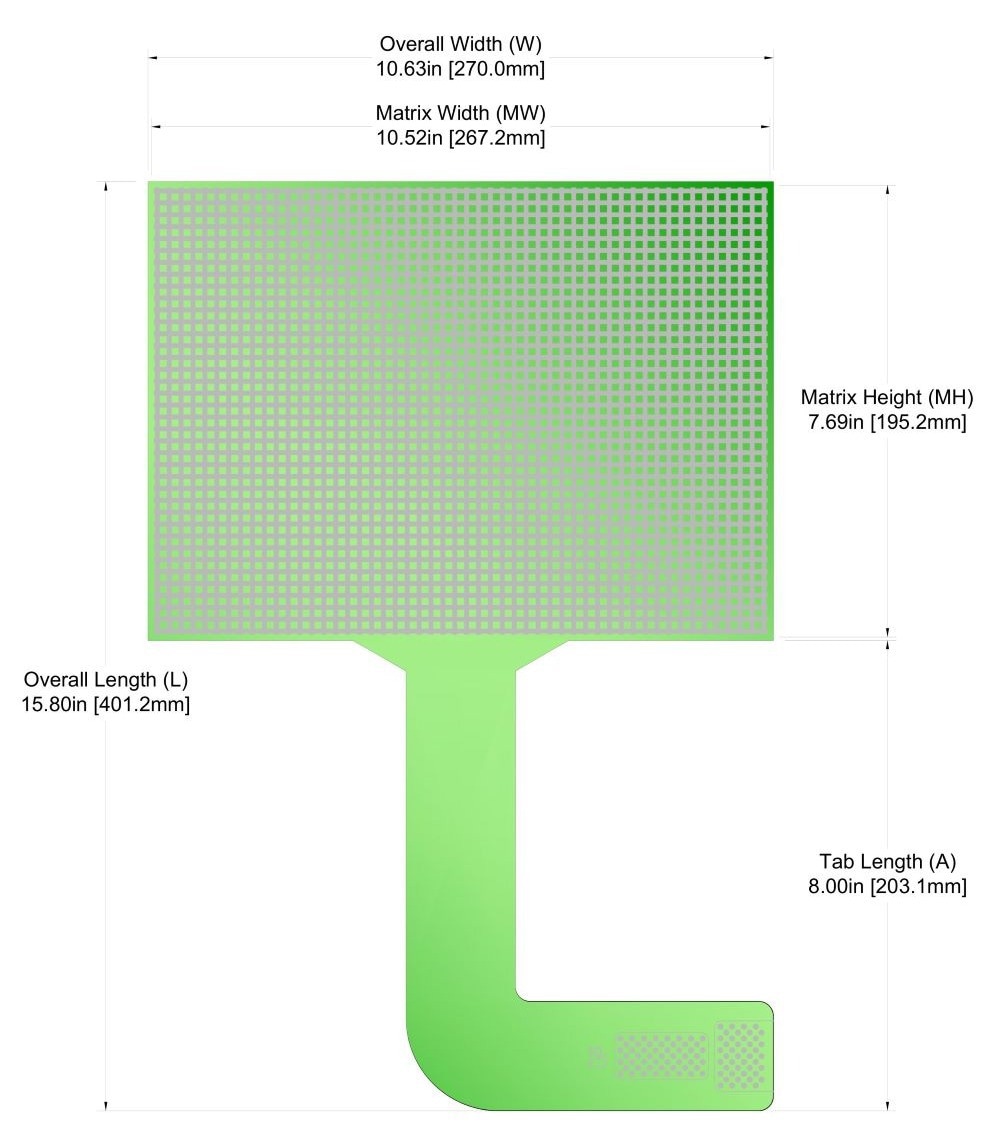Tekscan announces the launch of a new pressure mapping sensor designed specifically to suit the challenges of measuring interface pressure in battery R&D and manufacturing. This system gives our customers applied insights by identifying potential problems in battery design, leading to better, more reliable and safer energy storage.
 Battery pressure measurement. Image Credit: Tekscan
Battery pressure measurement. Image Credit: Tekscan
Tekscan’s sensors are known for effectively measuring pressure in hard-to-access places. Based on extensive customer input, sensor model 7800 was designed to fit anywhere battery innovators need to measure pressure changes.
- Between cells for validation during the formation process and cycle testing
- Between modules to measure stack pressure between cells
- Pinpoint critical locations in the pack for continuous monitoring, optimizing battery management systems
Tekscan provides impactful pressure insights in any spot during any phase of battery design or production. Our new model 7800 is specifically designed to fit in those places while allowing for easier placement of data collection electronics. This 7800 is the latest addition to Tekscan’s extensive inventory of off-the-shelf sensors compatible with its flagship I-Scan System.
Key Features of the Sensor Include:
- Long tab to allow sensor to easily extend into battery housing
- 90-degree tab enables the use of multiple sensors in a battery stack
- Fully trimmable on 3 sides for any fit
- Flexible to cover multiple surfaces
- Extremely thin (0.2 mm) and minimally intrusive
- High resolution (3.8 sensels per square cm)
The features of the 7800 sensor also make it ideal for measuring fuel cell stack pressure, and a wide variety of other applications and industries for pressure measurement in challenging spaces. Tekscan product manager Raul Oreste added: “Our customers will be using the 7800 to design and test the next generations of lithium-ion batteries as well as the latest cutting-edge solid electrolyte and silicon anode designs.”
Whether you are involved in battery cycle testing for R&D, housing durability, manufacturing, or quality control, or you have another application where you need to measure interface pressures in tight spaces, contact our engineers to discover how the I-Scan system with our newest sensor can give you the insights you need to improve your products or processes.